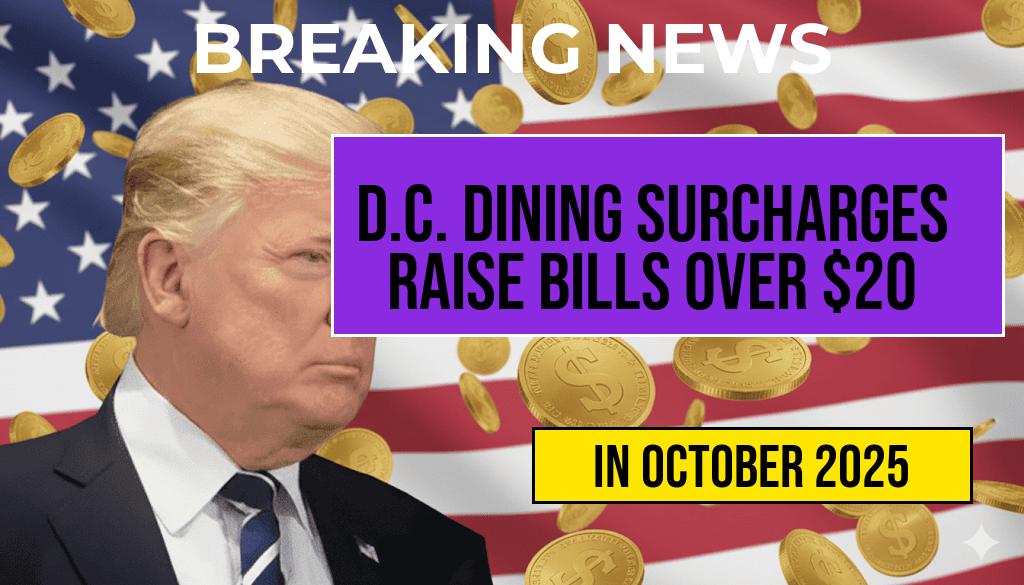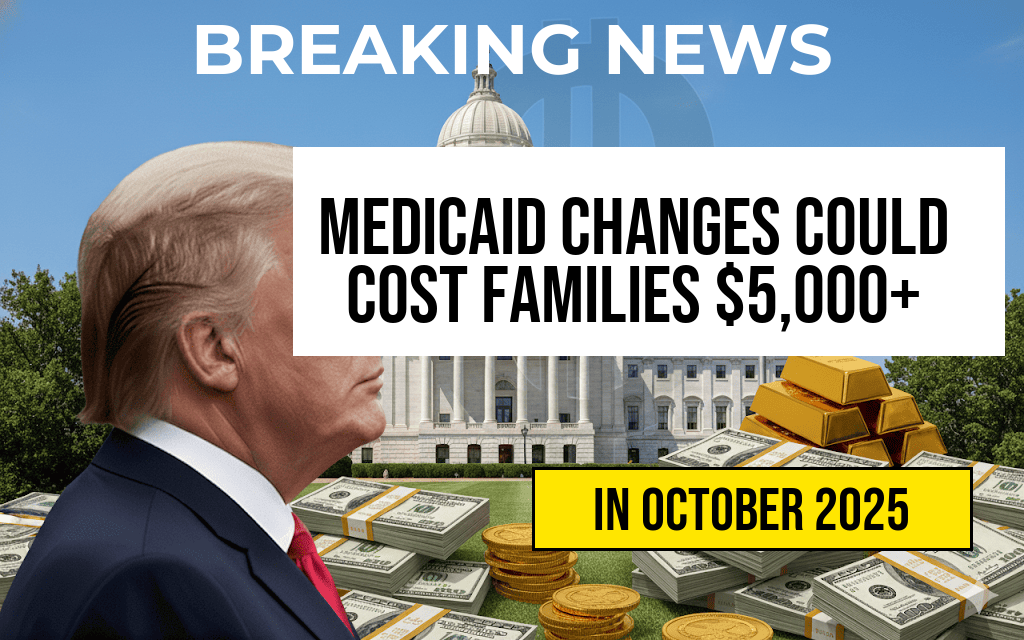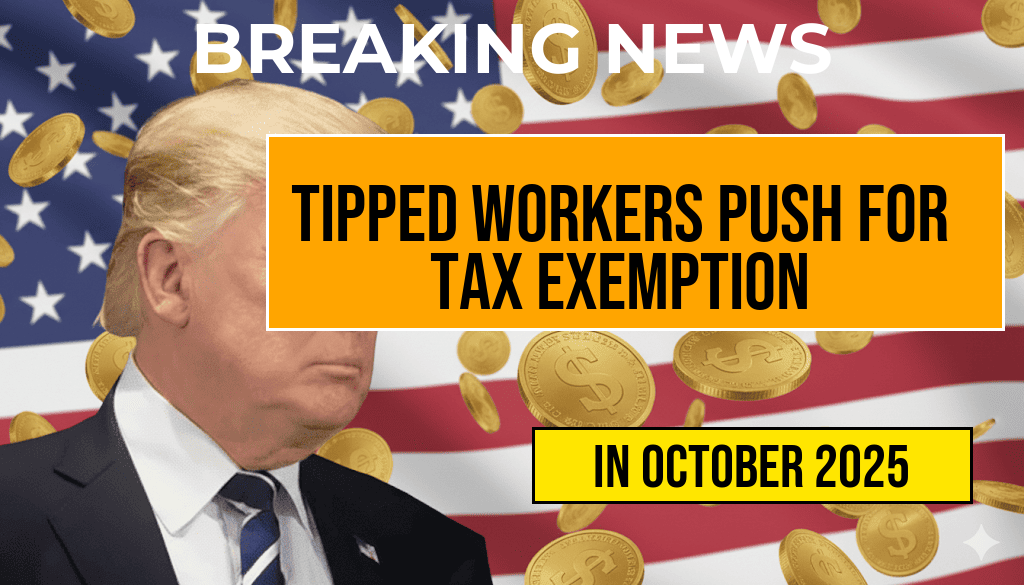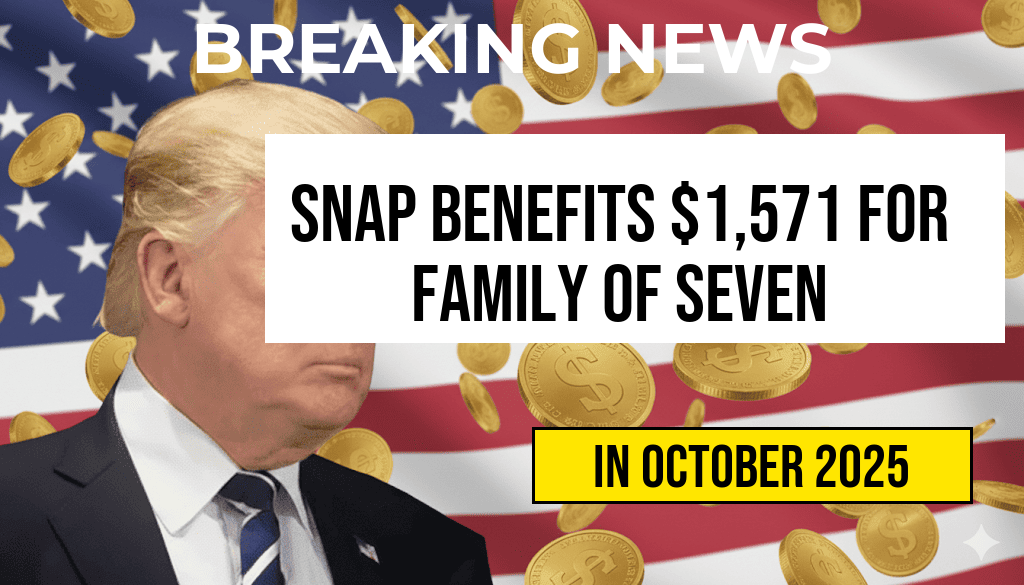Recent changes to dining surcharges in Washington, D.C., have left patrons reeling as restaurant bills climb by more than $20 in some cases. This increase stems from a combination of rising wages and new legislation intended to support the struggling hospitality industry. As restaurants adjust to these changes, diners are feeling the impact directly in their wallets. Understanding how the evolving wage rules contribute to these surcharges can help consumers navigate their dining experiences more effectively.
What Are Dining Surcharges?
Dining surcharges are additional fees added to restaurant bills, often justified as a means to cover rising operational costs, including employee wages and benefits. In recent years, many D.C. restaurants have implemented these surcharges, which can vary significantly from one establishment to another. The average surcharge can range from 3% to 20%, depending on the restaurant’s pricing strategy and the local economic climate.
How Wage Increases Impact Dining Costs
The primary driver behind the recent increase in dining surcharges is the rise in minimum wage laws in D.C. As of July 2022, the minimum wage in the district is $16.10 per hour, with plans to increase it gradually. For many restaurants, especially those heavily reliant on a tipped workforce, this change has resulted in higher labor costs, which are often passed on to consumers.
- Minimum Wage Increases: With the minimum wage set to rise to $17 in 2023, restaurants are adjusting their pricing.
- Labor Shortages: The pandemic has exacerbated labor shortages, forcing restaurants to offer higher wages to attract staff.
- Inflation: Coupled with wage increases, inflation has driven up the cost of goods, further impacting restaurant pricing strategies.
The Impact on Diners
The increase in surcharges has not gone unnoticed by diners. Many patrons report feeling frustrated by the lack of transparency surrounding these fees. Hidden costs can lead to unexpected bills, causing a shift in dining habits as consumers become more selective about where and how often they eat out.
Consumer Reactions
Feedback from diners indicates a growing awareness of these surcharges. Some patrons express understanding of the need for restaurants to adjust prices amid rising costs, while others feel that the additional charges should be better communicated. A survey conducted by the D.C. Restaurant Association found that nearly 70% of diners believe that restaurants should be more transparent about their pricing structures.
Legislative Environment
Legislation surrounding wage increases and dining surcharges is constantly evolving. In 2021, D.C. Council member Elissa Silverman introduced a bill aimed at providing clearer guidelines for how restaurants can implement surcharges. This legislation is part of a broader effort to ensure that both consumers and restaurant owners can navigate the complexities of dining costs.
What Diners Can Do
As dining surcharges become more common, there are several strategies consumers can employ to manage their dining expenses:
- Research Restaurants: Check menus online before visiting to get an idea of potential surcharges.
- Engage with Staff: Don’t hesitate to ask servers about any additional fees when ordering.
- Consider Off-Peak Dining: Some restaurants may offer discounts during less busy hours.
The Future of Dining in D.C.
The dining landscape in Washington, D.C., is changing rapidly, with surcharges becoming a fixture of the experience. As restaurants adapt to new wage laws and a challenging economic environment, consumers must remain informed about how these factors impact their dining costs. By staying engaged and advocating for transparency, diners can help shape a more equitable dining culture in the district.
To keep up with the latest developments in dining regulations and wage laws, resources such as the Wikipedia page on Minimum Wage in the United States provide comprehensive information. Understanding these dynamics is essential for both consumers and restaurant owners as they navigate this evolving landscape.
Frequently Asked Questions
What are dining surcharges in Washington, D.C.?
Dining surcharges are additional fees added to restaurant bills to cover the cost of increased wages mandated by local regulations. These surcharges can significantly raise the total amount customers pay when dining out.
How much can dining surcharges increase my total bill?
Why are restaurants implementing these surcharges?
Restaurants are implementing dining surcharges to offset the financial impact of rising labor costs linked to new wage rules and regulations aimed at improving worker compensation.
Are dining surcharges mandatory at all restaurants in D.C.?
No, dining surcharges are not mandatory for all restaurants. Each establishment can choose whether to implement them based on their business model and the need to cover increased operational costs.
How can I find out if a restaurant has a dining surcharge?
Most restaurants that apply dining surcharges will disclose this information on their menus or at the point of payment. It’s always a good idea to ask your server if you’re unsure.






